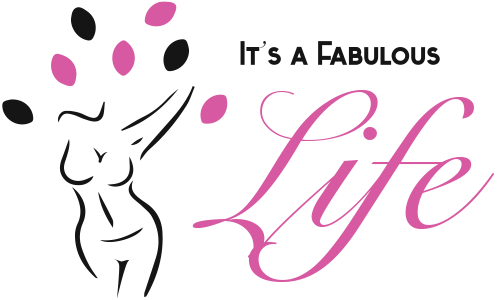Views: 0
Understanding Coupon Lingo
If you’ve visited coupon blogs and forums, you may have been confused by what appears to be a secret code. “BOGO,” “OYNO,” “Catalinas” – these terms are meaningful for couponing insiders, but look like a foreign language to the uninitiated.
Like most other forms of specialized knowledge, couponing has its own jargon that makes it easier for those “in the know” to communicate. If you want to maximize your savings with coupons, it pays to be familiar with coupon culture, and that includes learning coupon lingo.
As a primer, here are 10 of the most common couponing terms that pop up on coupon websites:
1. Blinkie
Refers to a manufacturer coupon that is dispensed from a small machine located on the shelf where the item it pertains to is displayed. The machine has a blinking red light, hence the name. You typically don’t need to use the coupons from a blinkie on the same day that you get them and can usually redeem them at any store that stocks the product.
2. BOGO
Stands for “buy one, get one.” The best kind of BOGO is buy one, get one free (also known as “BOGO free”). You’ll also see “BOGO half off,” which means the second item is half price. A buy one, get one free deal may also be referred to as B1G1.
3. Catalinas
Refers to custom-printed coupons that you receive when you make a purchase. Catalina coupons (also known as CATs) may be printed from a separate machine next to the cash register or they may be part of your CRT (cash register tape). The items that Catalinas pertain to may be in-store specials or may reflect your recent purchases. For example, if you bought pasta, you might receive a Catalina coupon for spaghetti sauce. You may also get Catalinas that provide a dollar amount off your next purchase. Catalinas are intended for future shopping trips and usually can’t be applied to your current purchase. They typically have EXPs (expiration dates).
4. Coupon Insert
Refers to advertising circulars that are inserted into Sunday newspapers. They are one of the most valuable sources for MFG (manufacturer) coupons. The top circulars are referred to by name, including Proctor & Gamble (PG), Red Plum (RP) and Smart Source (SS or S). Couponers who are into stockpiling (building a cache of products for future use) make a practice of buying several Sunday papers in order to get multiple copies of the coupon insert.
5. MIR
Stands for “Mail in Rebate.” This is a coupon, check or gift card that a store or manufacturer sends through the mail after you send in a qualifying rebate form.
6. OYNO
Stands for “on your next order.” This is a bit like BOGO, except the discount is applied to your next purchase. For example, after you make a $30 purchase, a store will give you a coupon for $10 off your next purchase. OYNO coupons usually have an expiration date and may or may not require a minimum purchase amount on the coupon transaction. If no minimum is required and you purchase an item that costs less than the value of the coupon, the item is free.
7. Peelie
This is an instant coupon that is stuck to a product. You will get an immediate discount at check out when you peel off the coupon and hand it to the cashier. Don’t expect the cashier to do this for you; if you get home and find you forgot to use a peelie, you should be able to use it the next time you buy the product.
8. Stacking Coupons
This refers to the practice of using more than one coupon for the same item, such as “stacking” a manufacturer coupon on top of a store coupon. Most grocery stores, drugstores and department stores allow stacking. Couponers who save the most money practice stacking on a regular basis, combining sale prices, MFG coupons and OYNO coupons to get deep discounts.
9. Tearpad
A pad with several coupons or refund forms that hangs from a store shelf. You are free to tear off as many coupons or forms as you like.
10. YMMV
Stands for “Your Mileage May Vary.” This refers to deals that are available at one store or from one manager or cashier, but may not be available everywhere.
Mandy Fricke is the community manager for Georgetown University in Washington D.C. Nursing@Georgetown, a Master in Nursing program, as well as a contributor to the Nursing License Map. In her spare time, she enjoys traveling, reading, and yoga.


Leave a Reply